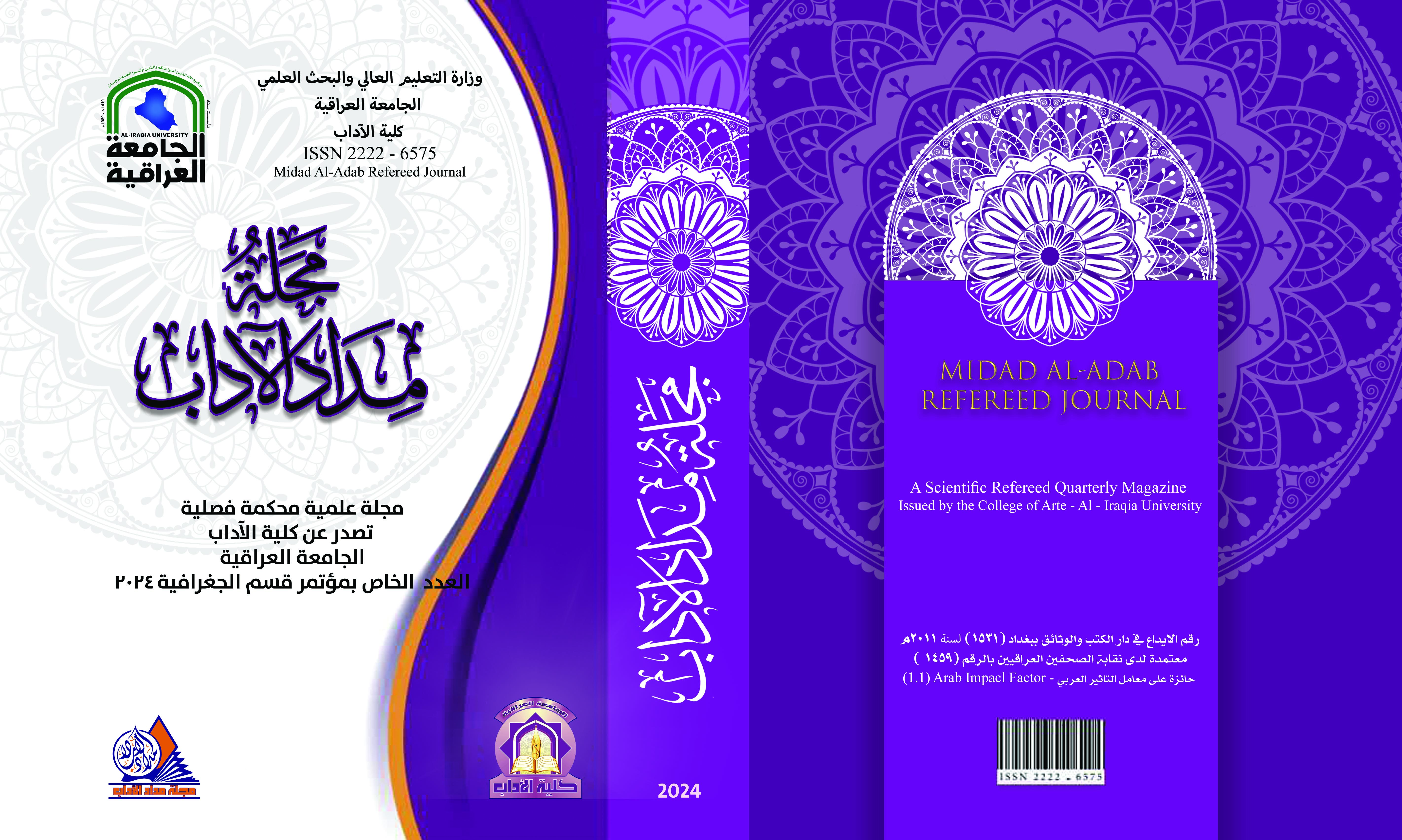Cartographic modeling of the hydrological characteristics of the Darso Valley Basin using artificial intelligence)
DOI:
https://doi.org/10.58564/ma.v14iالعدد%20الخاص%20بمؤتمر%20قسم%20الجغرافية.1461Keywords:
Keywords: Wadi Darsu / Cartographic Modeling / Artificial Intelligence / Water Harvesting.Abstract
This research aims to (cartographic modeling of the hydrological characteristics of the Darso Valley basin using artificial intelligence) is the process of using artificial intelligence techniques and analyzing hydrological data to create accurate and detailed maps of the water characteristics in the Darso Valley using a digital elevation model (EDM). This type of modeling aims to understand Predicting water parameters in hydrological systems, such as drainage, evaporation, and soil water transport. The study area is located between two contour lines (1680 m) above sea level in the far north-east, which represent the upper sources of the basin, and a contour line (540 m) in the southeastern part, which slopes towards it and towards the mouth. While the study area included four geological formations, the prevailing one was Anjana Formation with an area of (137.82) km2, and three types of soil. The valley network was analyzed using environmental artificial intelligence techniques, by building a Model Builder model, and sites for constructing dams to harvest water were chosen. Two sites for dams were proposed using the Model Builder program in geographic information systems. Based on a set of Variables with a spatial dimension that affect the choice of the location of the dam. These variables are the types of rocks, the hydrological analysis of the region and its topography, the area of the basins, the amount of precipitation, the flow of rivers, and geomorphological data, and they are processed to create predictive models for water characteristics. These models use hydrological maps for several purposes, such as predicting river floods, managing water resources, and assessing the impact of climate changes on hydrological systems. Thanks to artificial intelligence, the accuracy and efficiency of these models can be improved and provide valuable information for water resource decision-making.
Downloads
Published
Issue
Section
License

This work is licensed under a Creative Commons Attribution-NonCommercial-NoDerivatives 4.0 International License.








